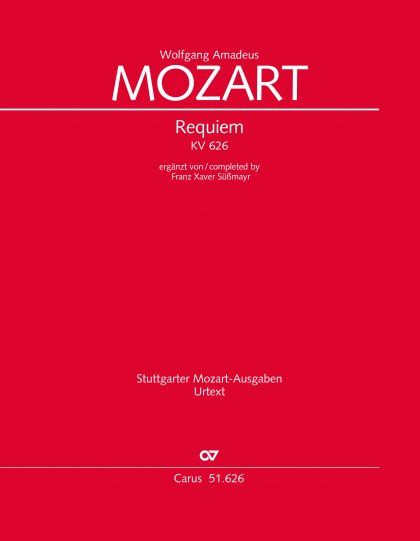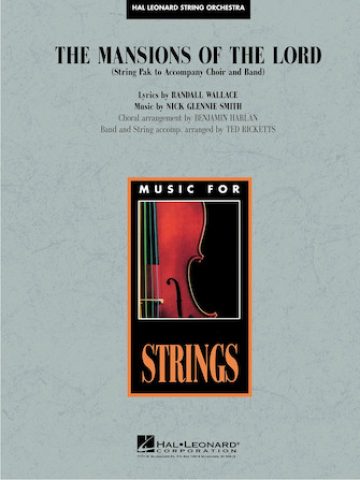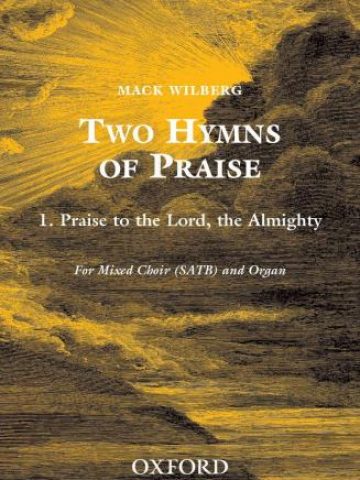Description
Organ Part
Priority Direct Import Title*
The history of the genesis of the Requiem is entwined with legends and anecdotes. The burdens of the composition and performance of La Clemenza di Tito and Die Zauberflöte, and an acute infection led to the collapse and death of the composer following a short illness. Mozart left his wife in considerable debt. Constanze therefore turned to Mozart’s friends, asking them to complete the fragment. After two failed attempts, the task passed to Mozart’s pupil Franz Xaver Süßmayr, who completed the Requiem in the form known today, using working materials that are no longer extant, and perhaps verbal instructions from the composer. Today the Süßmayr version is still the most well known, and it is doubtless the one with the closest historical ties to Mozart.
Süßmayr's completion divides the Requiem into eight sections:
- Introitus
- Requiem aeternam (Solo Soprano, SATB Chorus)
- Kyrie (Chorus)
- Sequentia (text based on sections of the Dies irae)
- Dies irae (Chorus)
- Tuba mirum (Soli SATB)
- Rex tremendae (SATB Chorus)
- Recordare (Soli SATB)
- Confutatis (Chorus)
- Lacrimosa (Chorus)
- Offertorium
- Domine Jesu (Soli SATB, Chorus)
- Hostias (Chorus)
- Sanctus (Chorus)
- Benedictus (Soli SATB, Chorus)
- Agnus Dei (Chorus)
- Communio
- Lux aeterna (Solo Soprano, Chorus)
Scoring:
SATB Soli • SATB Chorus
2 Basset Horns in F • 2 Bassoons • 2 Trumpets • 3 Trombones • Timpani • Violins • Viola • Basso Continuo (Cello, Double Bass, and Organ)
*Priority Direct Import titles are specialty titles that are not generally offered for sale in the US; these items must be obtained from our overseas suppliers. The shipment time will be slower than items shipped from our U.S. suppliers. It may take up to an additional 4-6 weeks to arrive. Import items are not eligible for return.





Reviews
There are no reviews yet.